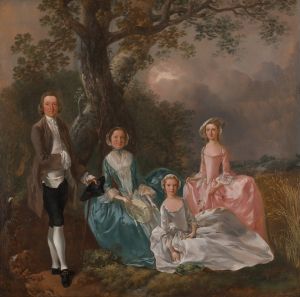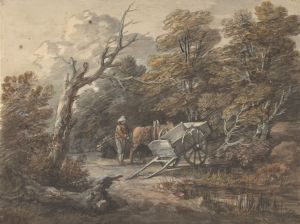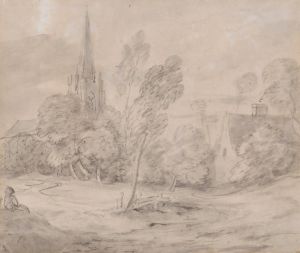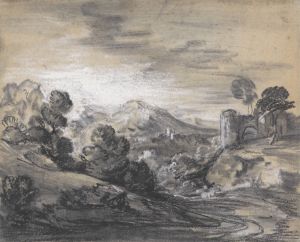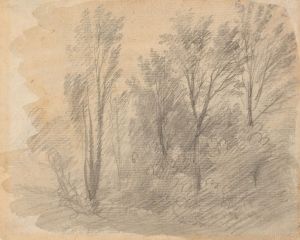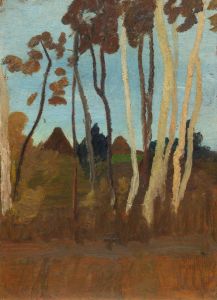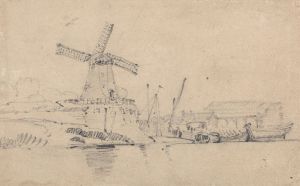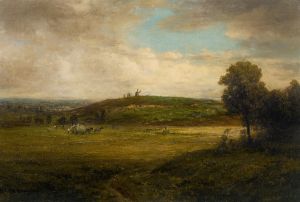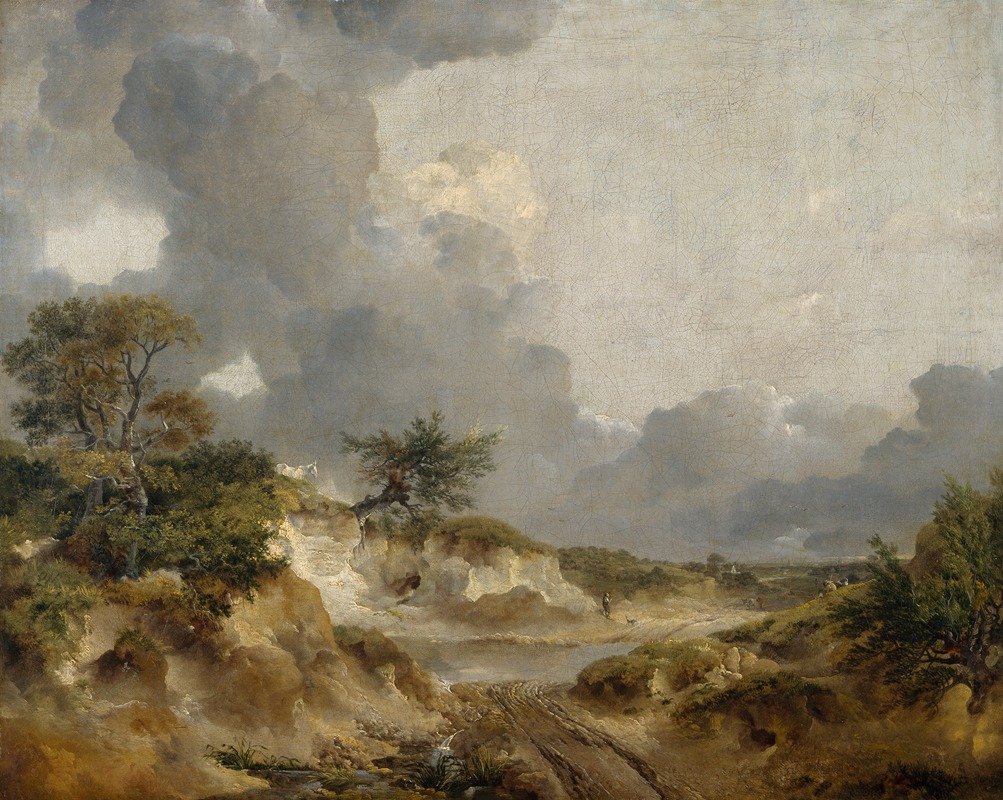
A View in Suffolk
A hand-painted replica of Thomas Gainsborough’s masterpiece A View in Suffolk, meticulously crafted by professional artists to capture the true essence of the original. Each piece is created with museum-quality canvas and rare mineral pigments, carefully painted by experienced artists with delicate brushstrokes and rich, layered colors to perfectly recreate the texture of the original artwork. Unlike machine-printed reproductions, this hand-painted version brings the painting to life, infused with the artist’s emotions and skill in every stroke. Whether for personal collection or home decoration, it instantly elevates the artistic atmosphere of any space.
Thomas Gainsborough's "A View in Suffolk" is a notable example of the artist's landscape painting, reflecting his deep connection to the English countryside and his innovative approach to landscape art during the 18th century. Gainsborough, born in 1727 in Sudbury, Suffolk, is renowned for his portraits and landscapes, and he is considered one of the most important British artists of his time. His works often capture the serene beauty of rural England, and "A View in Suffolk" is no exception.
This painting exemplifies Gainsborough's ability to convey the natural beauty and tranquility of the Suffolk landscape, an area he knew intimately. Gainsborough's landscapes are characterized by their loose brushwork, atmospheric effects, and a keen sense of light and shadow, which are evident in "A View in Suffolk." The painting likely depicts a scene from the countryside around his hometown, showcasing rolling hills, lush greenery, and perhaps a glimpse of rural life, though specific details about the painting's composition are not extensively documented.
Gainsborough's approach to landscape painting was innovative for his time. Unlike many of his contemporaries who often focused on idealized or classical landscapes, Gainsborough preferred to paint directly from nature, capturing the essence of the English countryside with a more naturalistic and less formal style. This approach is evident in "A View in Suffolk," where the landscape is rendered with a sense of immediacy and intimacy, reflecting Gainsborough's personal connection to the land.
The painting also demonstrates Gainsborough's skillful use of color and light. His palette typically includes soft greens, blues, and earth tones, which he uses to create a harmonious and balanced composition. The way he captures the play of light across the landscape adds depth and dimension to the scene, inviting viewers to immerse themselves in the tranquil beauty of the Suffolk countryside.
Gainsborough's landscapes, including "A View in Suffolk," were not as commercially successful during his lifetime as his portraits, but they have since gained recognition for their artistic merit and influence. His landscape paintings are now celebrated for their pioneering approach and their contribution to the development of landscape art in Britain.
While specific details about the provenance or current location of "A View in Suffolk" are not widely documented, Gainsborough's landscapes are held in high esteem and can be found in major art collections and museums around the world. His work continues to be studied and admired for its technical skill, emotional depth, and its ability to capture the timeless beauty of the English countryside.
In summary, "A View in Suffolk" by Thomas Gainsborough is a testament to the artist's mastery of landscape painting and his deep appreciation for the natural world. Through his innovative techniques and personal vision, Gainsborough has left a lasting legacy in the world of art, influencing generations of artists and captivating audiences with his evocative depictions of rural England.







